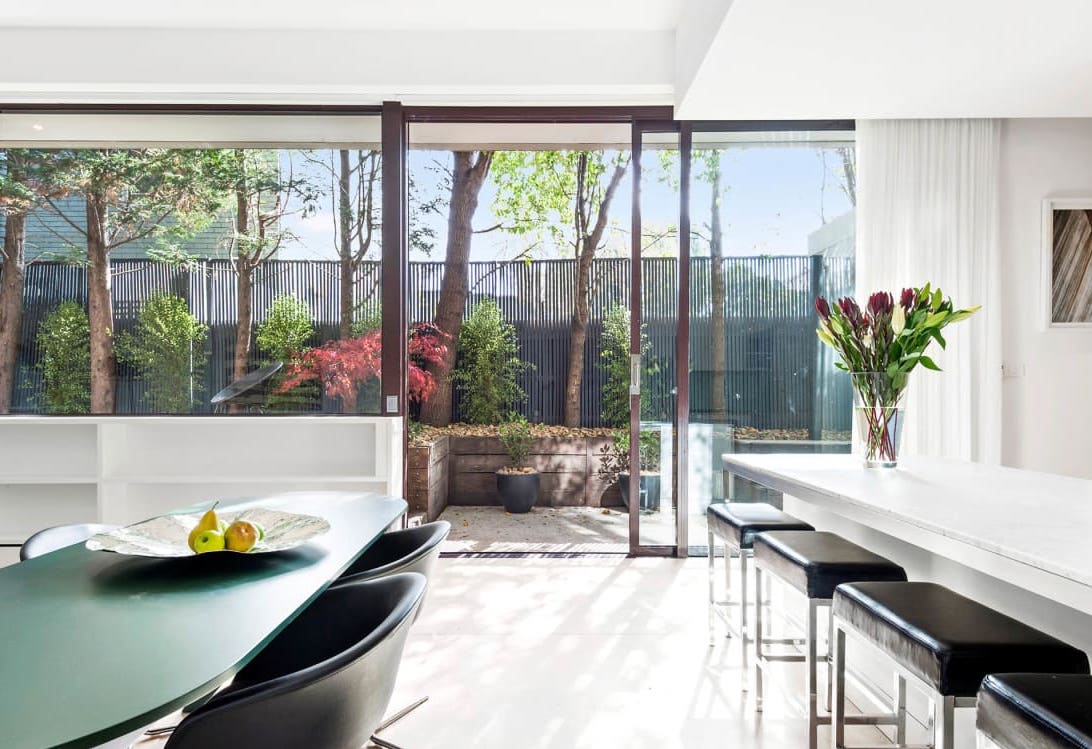Home ownership in Australia is by far the most desirable form of housing tenure, but it is becoming increasingly difficult to afford. In fact, Australia is now the second most unaffordable place to live in the world (Demographia 2014 International Housing Survey).
According to the Demographia 2014 International Housing Survey all of the 39 Australian markets captured in the survey were ranked as either ‘Seriously Unaffordable’ (14) or ‘Severely Unaffordable’ (25). Australia had no housing market ranked as ‘Affordable’ or ‘Moderately Unaffordable’.
What is even more interesting is that our average household size is decreasing, with lone households, single parent households and couples without children forming a larger proportion of society, bringing the average household size down to 2.6 people per household (ABS). But despite this, Australians are still building the largest houses in the world. Our average dwelling size is increasing, to around 3.1 bedrooms per dwelling (ABS), yet the typical suburban home is not necessarily well suited to the needs of the majority of Australians anymore.
One option that is emerging as a solution to the affordability issue and the needs of changing household demographics is co-ownership of housing.

What is co-ownership?
Co-ownership refers to shared ownership of property, where multiple parties share ownership of a single dwelling or title. It can involve taking large, existing dwellings and modifying them so they are suitable for several smaller households. Some households that commonly consider co-ownership include:
- Young, or first home buyers, looking to enter the property market at a more affordable price.
- Lone households, looking to live in a less isolated environment.
- Single parents seeking to live with others for affordability and support.
- Multi-generational families who wish to live independently but in close proximity.
- Divorced couples with children, where the parents wish to live independent lives whilst providing the children with a single home environment.
- Families with young children looking to raise their families with a sense of community.
Co-owners can choose the level of independence and privacy they wish to have, the nature of shared facilities and amenities and the level of their interaction with each other.
There is clear delineation between private, exclusive spaces, for use by a single owner, and shared common areas. By deciding this, the co-owners design not only their physical environment but also the nature of their social interaction.
The power of community
In addition to the benefits of greater affordability, co-owners can build in a sense of community and neighbourhood in their home environment, allowing them to live more connected lives.
Add to this the advantages of sharing household running costs, sharing amenities like household cars, and tasks like child minding, food prep or household chores, and we can begin to see why the concept is gaining momentum with a new breed of prospective property buyers.
How it works
The mechanics of co-ownership are undeniably different from traditional property purchases, and this means greater clarity is required from the beginning to manage co-owner expectations and to clearly define the rights and obligations of each owner.
Typically, the relationship between co-owners and how they intend to deal with any matters related to the property are covered by a co-ownership agreement.
The agreement is in place to give co-owners the assurance and framework for what will occur in instances such as if one owner defaults on their mortgage, what to do in circumstances where one owner wants to rent or sell their portion, how mortgage payments are to be made and so on.
In addition to this, co-owners may wish to formalise their social expectations, by outlining the expected nature of interaction and the day to day working of the household.
The need for new solutions
Housing affordability is in crisis in Australia. However, prospective property buyers have the opportunity to meet their property needs more affordably if they are willing to embrace new, emerging solutions and scenarios, such as co-ownership.
While it is a principle that has gained success overseas, Australian’s have yet to show an appetite for this housing model. Could the advantages of affordability and social connectedness be the incentives that make co-ownership an increasingly appealing and popular option for Australian home buyers?




